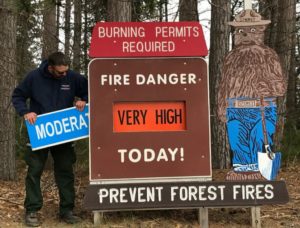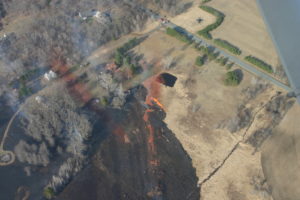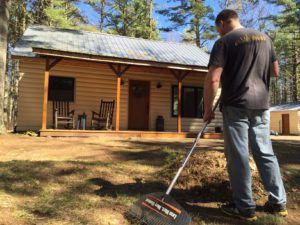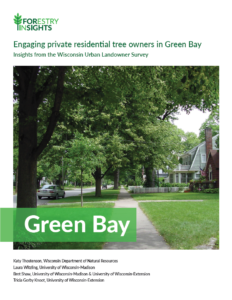
Wildfire danger starts to change as the vegetation greens up and we get regular rainfall.
Green up of vegetation and regular rains have kept fire danger Low to Moderate in southern Wisconsin. Fire danger ranged from Moderate to Very High in northern Wisconsin. The progression of green up statewide and predicted rain over the weekend is expected to quell the fire danger even further. Over the past week, 72 wildfires burned 147 acres in DNR Protection Areas. Recent wildfire causes have been equipment, debris burning, fireworks, power line, railroad and campfires.
Firewise Tip: Make sure campfires are made in a fire-safe pit or container. Clear an area 10 feet around the fire pit and never burn when it’s windy. Before leaving, drown your campfire thoroughly with water, stir the ashes and add more water until it’s out cold.
This concludes the wildfire report until conditions cause the fire danger to rise. As a recap, 639 wildfires burned 1,802 acres this spring; 53 structures were destroyed and another 441 were threatened, but saved with firefighter assistance. Be mindful of the weather and any drying conditions as we head into summer. Stay informed of statewide fire danger by checking our Fire web page as a part your outdoor work and recreation routine.




 Homeowners in Wisconsin feel the top 5 most important benefits provided by the trees in their yard are:
Homeowners in Wisconsin feel the top 5 most important benefits provided by the trees in their yard are: